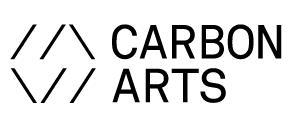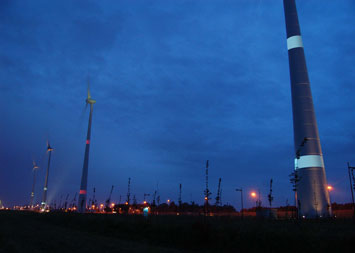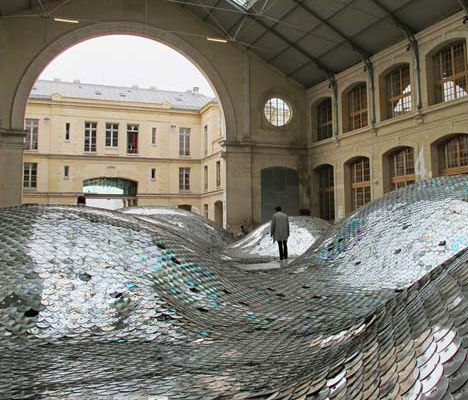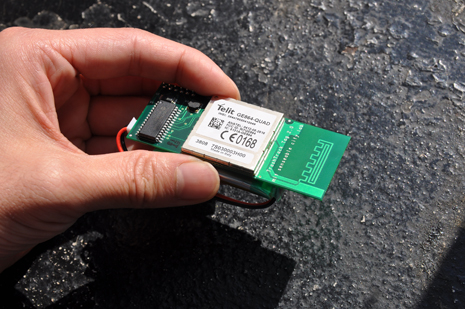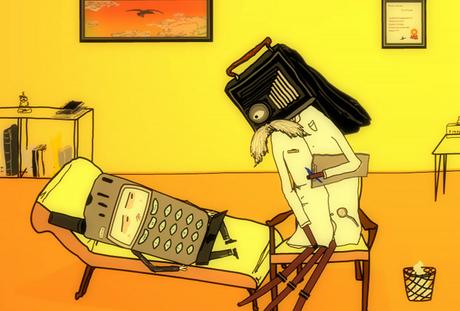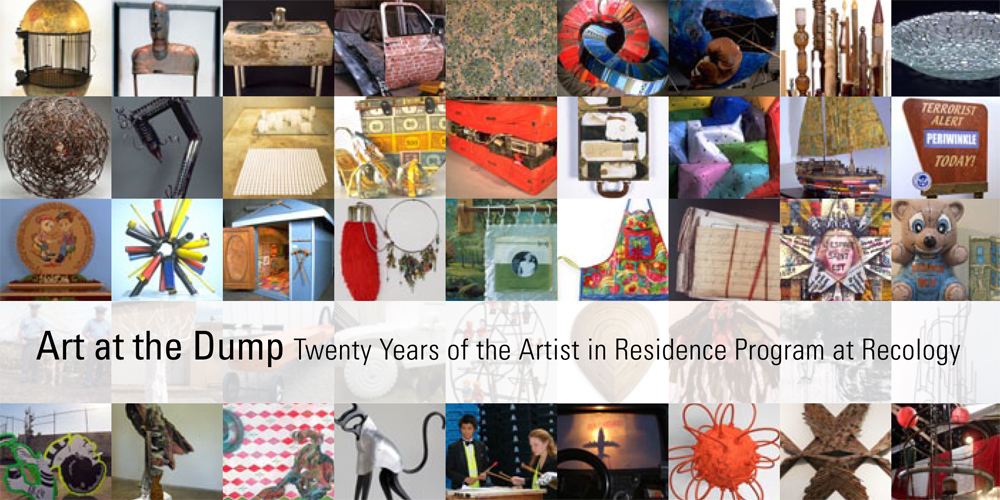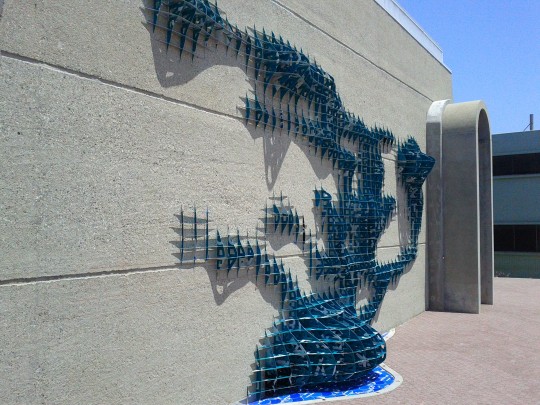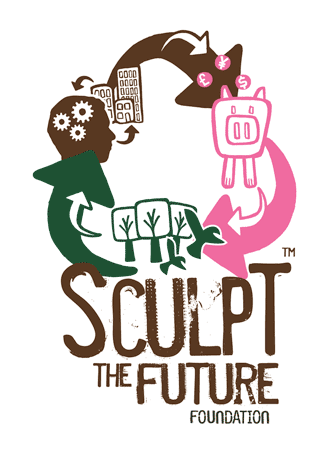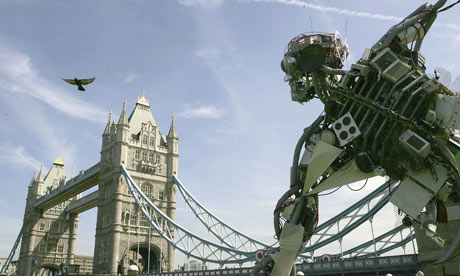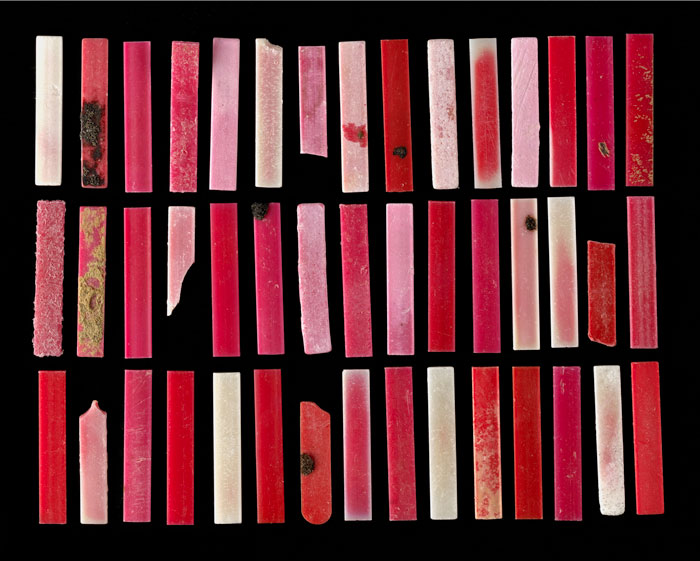Park Spark
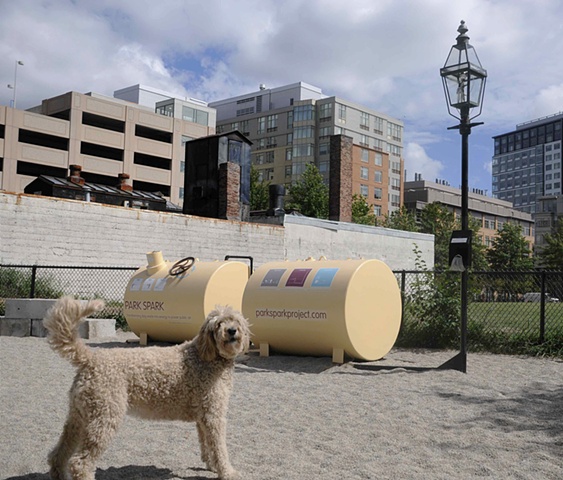
The Park Spark project is an urban intervention that questions our waste infrastructure and engages people directly in re-imagining uses for waste products. Artist Matthew Mazotta has created a system that literally transforms dog waste into energy in a New York City park, avoiding waste to landfill. By turning a crank dog-owners power a methane digester and provide the fuel source for an adjacent gas lamp. This ‘eternal flame’ will burn until a member of the public suggests an alternative use for this ‘excess’ resource. Part education, part provocation and part solution, this innovative arts project reconnects people to their environment in a very tangible way.
